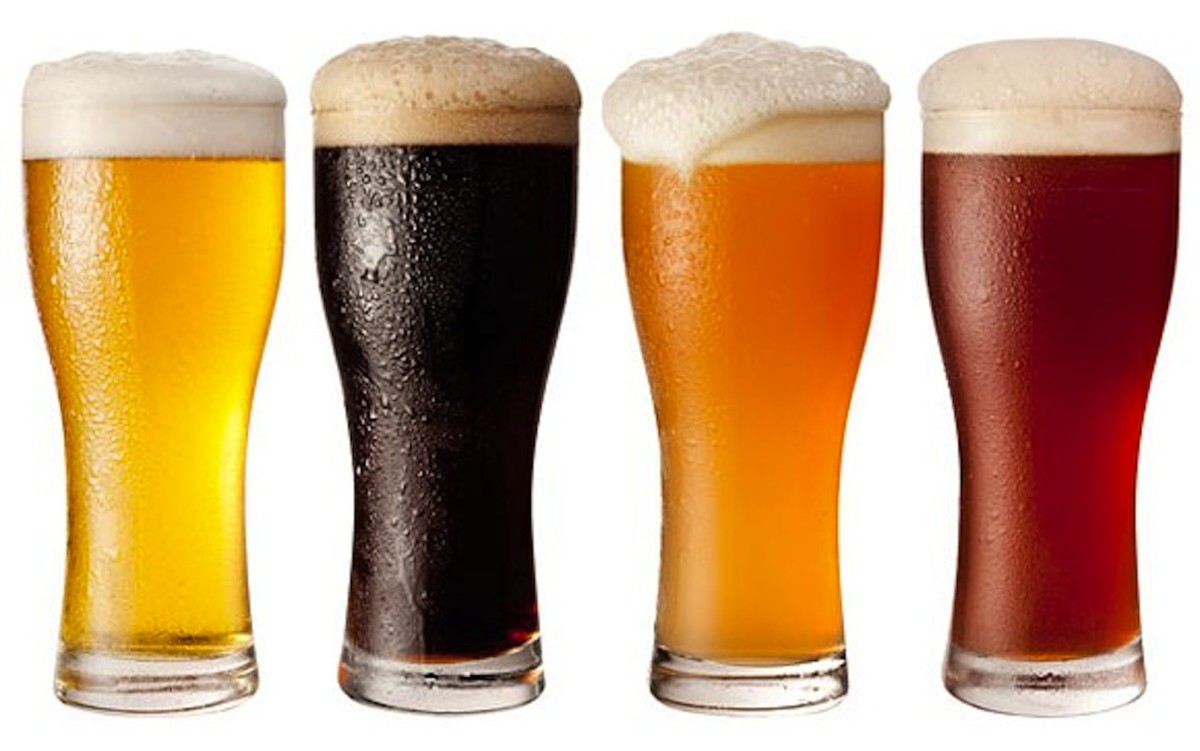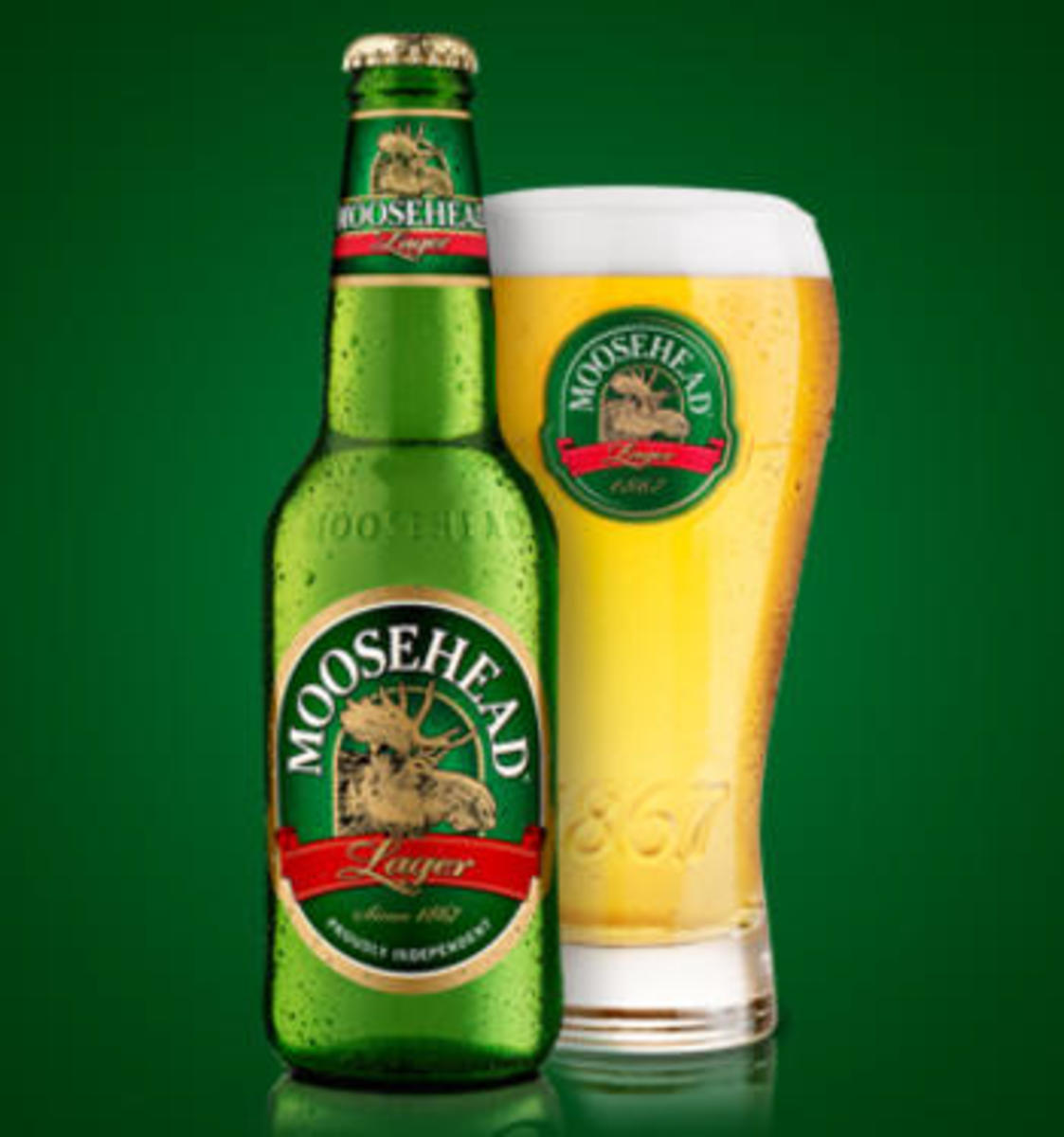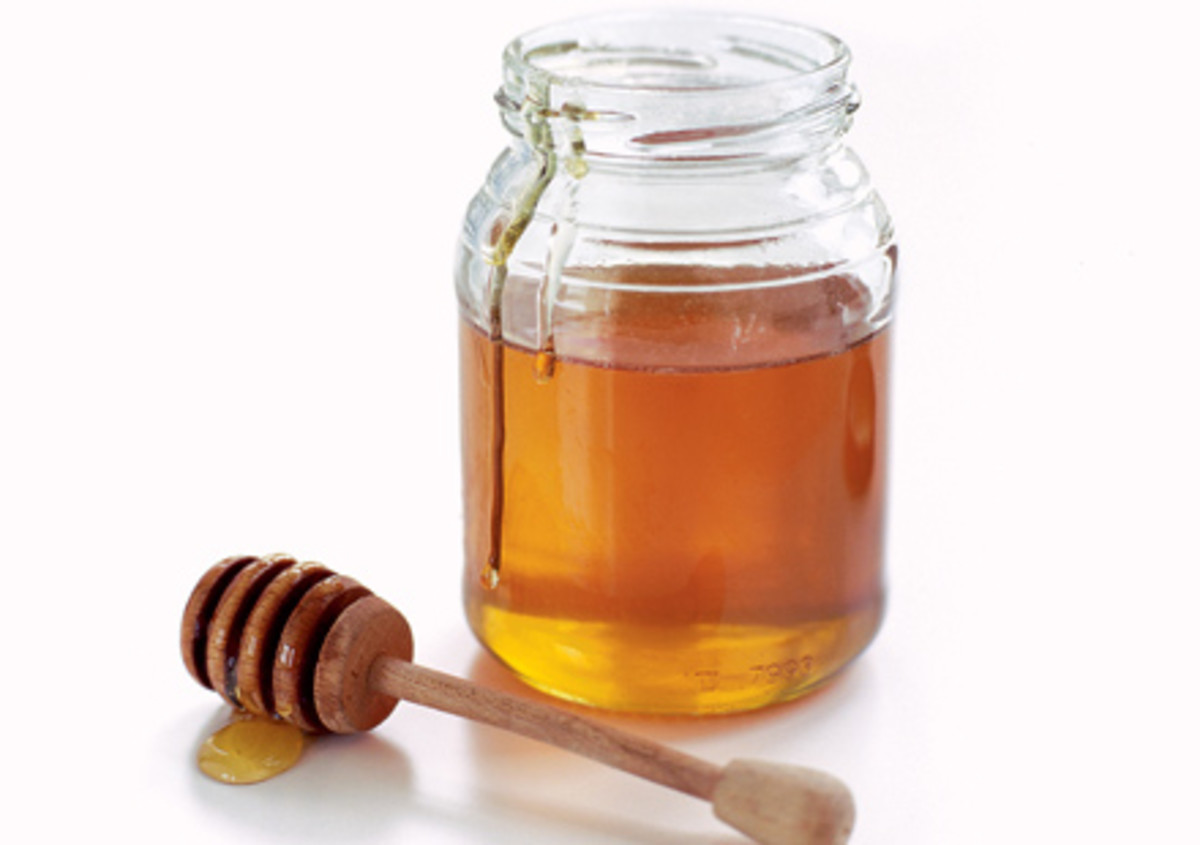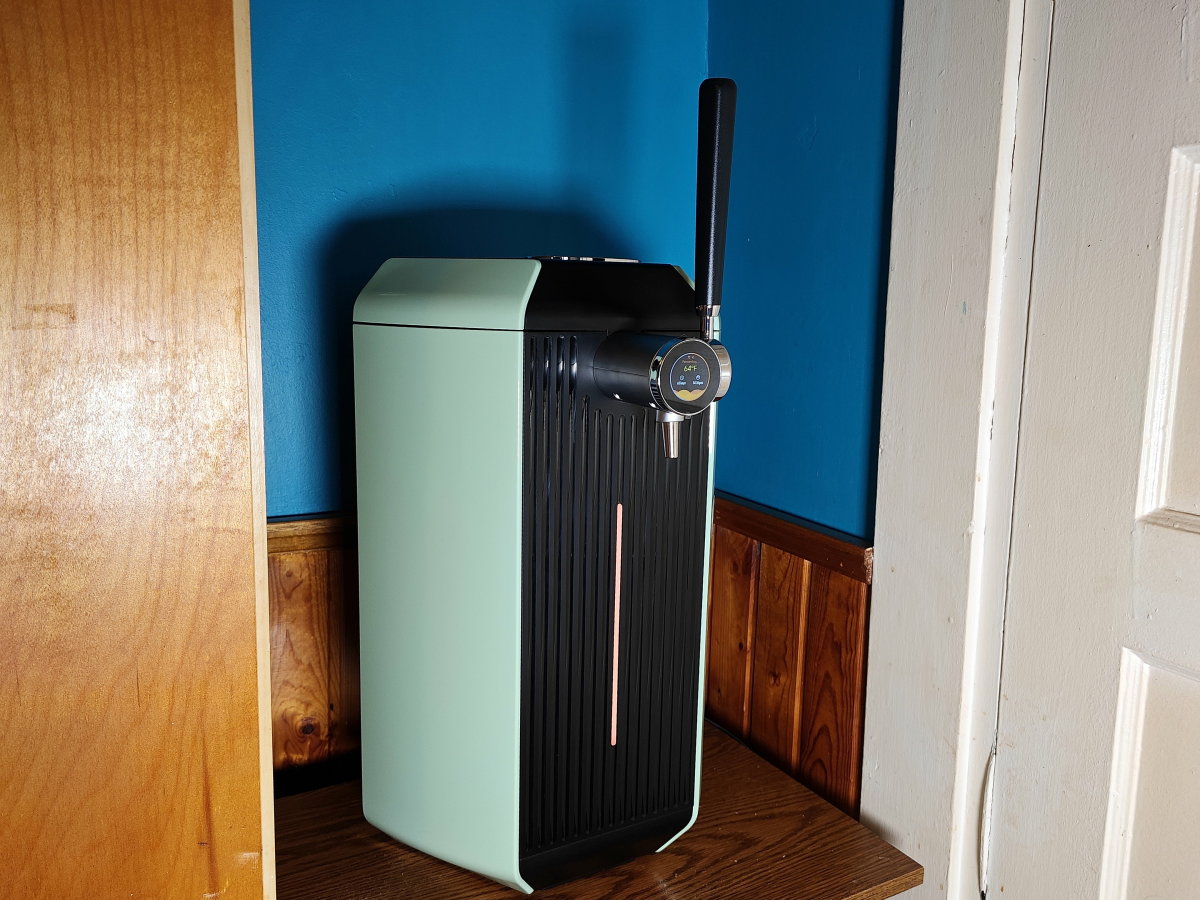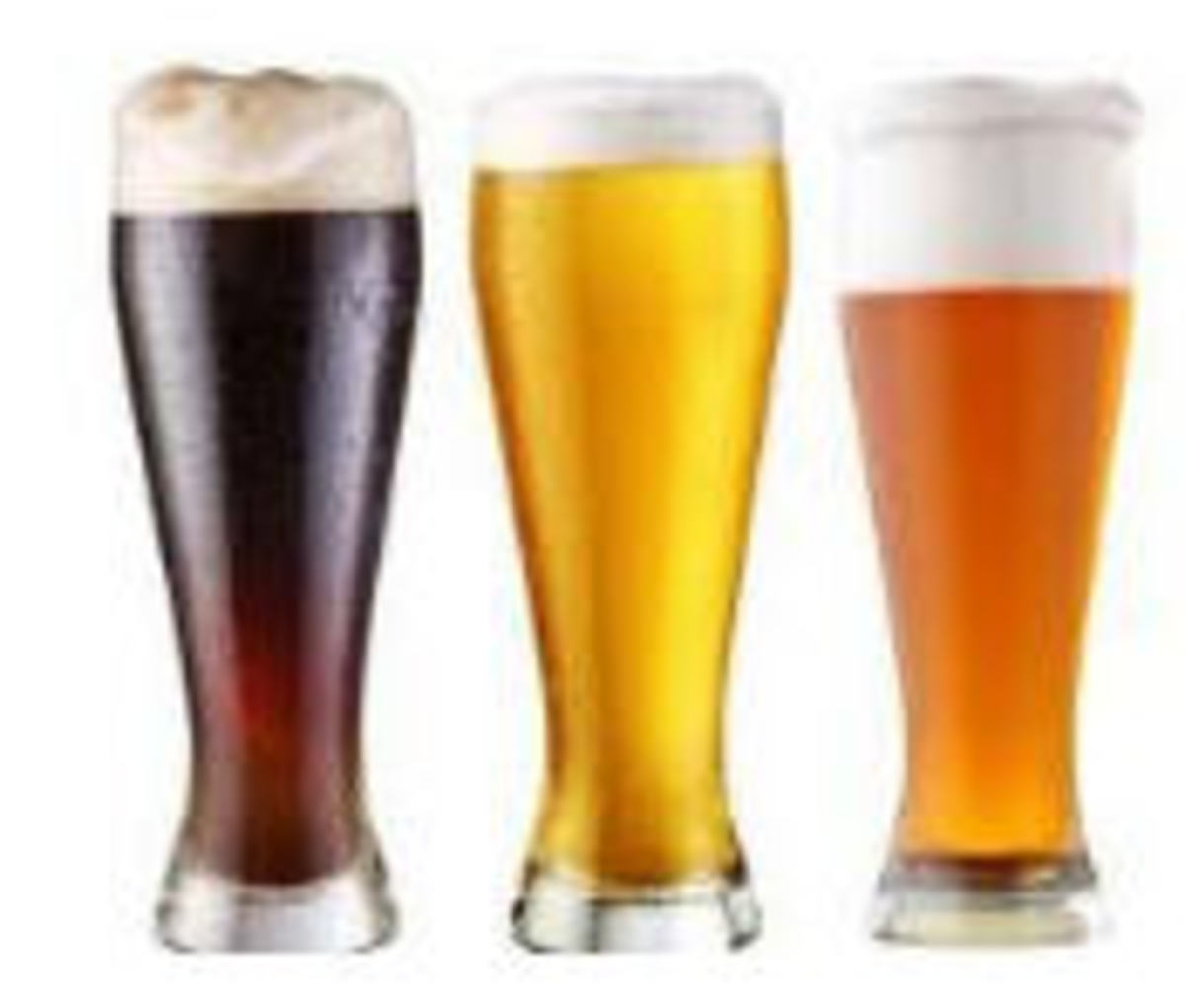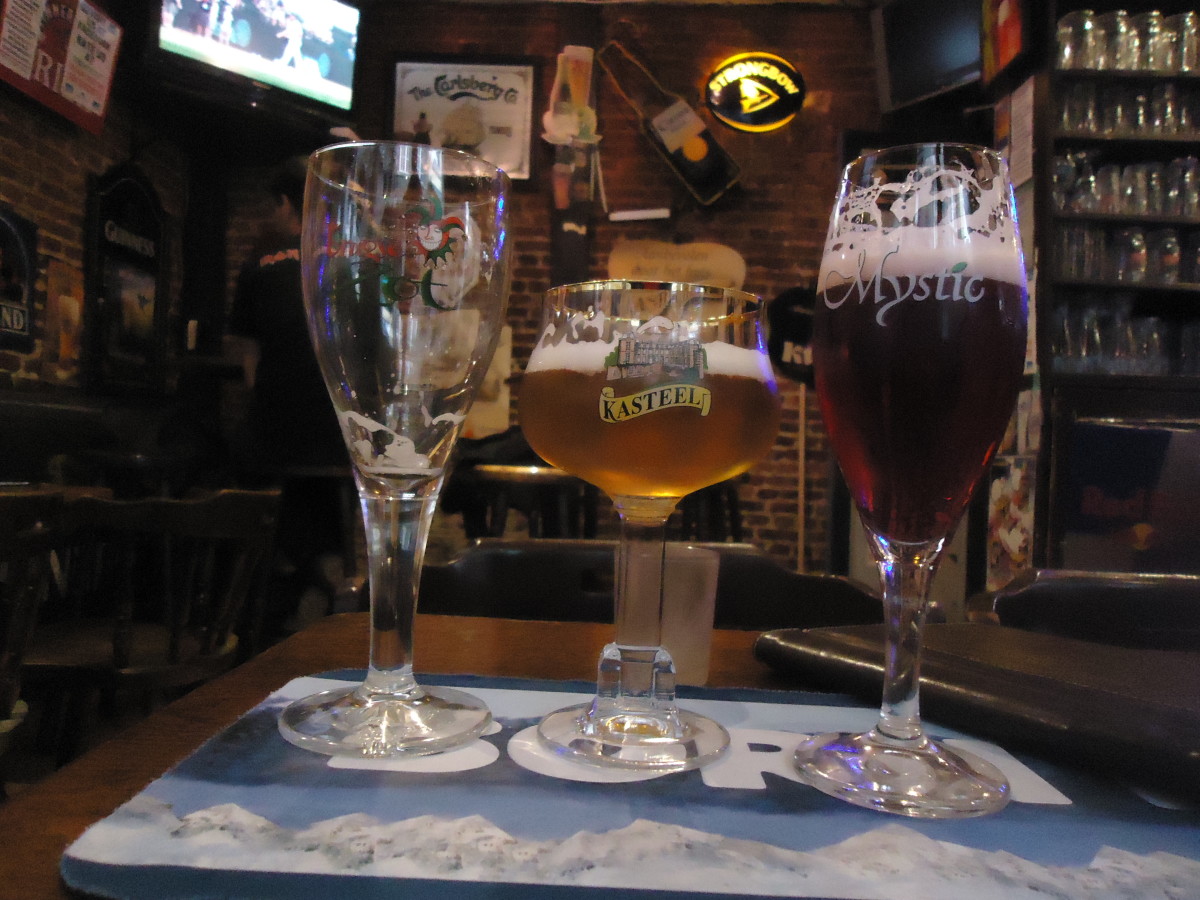Understanding the Basics of Craft Beer
Have you ever tried craft beer?

In recent years, a new trend has come to surface and it’s not what most people would think; it’s the rise of craft beer. Beer was once synonymous with mass produced and watered down booze that lacked true and unique defining characteristics from one another, aside from brand name. Along with a lackluster reputation in taste, it’s other characteristic was being synonymous with the one purpose of chugging in order to reach a state of inebriation. But with the rise of higher quality beers, from national brands like Samuel Adams and Dogfish Head to your local brews from hometown breweries and from your friend’s garage, we are more and more becoming familiar with the term “craft beer”. But what is a craft beer? What defines the colors of this rainbow, from the bright and light Weiss to the dark and bold stout? Well, in celebration of National Craft Beer Week from May 13th to 19th, we’re going to run down the basics the kinds of brews that are changing beer for the better.
In order to truly appreciate the unique beers you will drink, we’re going to rundown the characteristics of beer as a whole, thanks to Cloverleaf Tavern of Caldwell, NJ, a bar and restaurant famous for their MBA or Master’s of Beer Appreciation program. According to our connoisseurs, the five traits of a good beer are found by their appearance, aroma, mouthfeel, taste, and finish. A beer’s appearance is primarily in their color; as in the introduction, specific beers have specific shades, like the weissbier or white beers, which are comparable to Blue Moon, or their antithesis, the stout beers, made famous by Ireland’s own Guinness. Aroma and taste, since the sense of smell and taste work together, are more obvious than the rest as you use your nose and tongue to detect the subtle notes of flavor within your beer, which includes, but nowhere near limited to, coffee, fruit, chocolate, and even the wood of the barrels used to age them; you won’t notice them at first try, but after a few more sips, you will appreciate every additional flavors and scents. Mouthfeel is a little more complicated as it relates to the texture of the beer. I know what you’re thinking and no, while it doesn’t have a texture in the traditional sense considering it’s a liquid, but there are characteristics that make up the mouthfeel: carbonation and heaviness/lightness among them. Lastly is the finish, which refers to the aftertaste (no, it is not necessarily the kind of aftertaste we are all too familiar with). All of these make up what you enjoy in your beer and all vary from one beer to another, even if they belong to the same category.
Now that we know what we’re looking for in your beer as a whole, now we go forth to a short list of beers, provided by Cloverleaf Tavern. Firstly we have your basic lagers and ales, the two types most people are familiar with yet aren’t entirely sure what the difference is. Lagers differ from ales as it utilizes yeast that ferments on the bottom. For those not sure of what’s going on, I’ll explain: yeast, along with a starch source, is a primary ingredient in most beers and the fermentation process is similar to that of wine, unlike hard liquors which are distilled. Bottom-fermenting yeast is a strain of yeast that sinks to the bottom of the beer and cooks at a low temperature. think simmering if you will. The best-known example of a basic lager is Samuel Adams (see photo above). Yes, this is from a major brewery and sold nationwide, but this is the beer that started it all, using quality ingredients that make it stand up to the other, dare I say, swill.
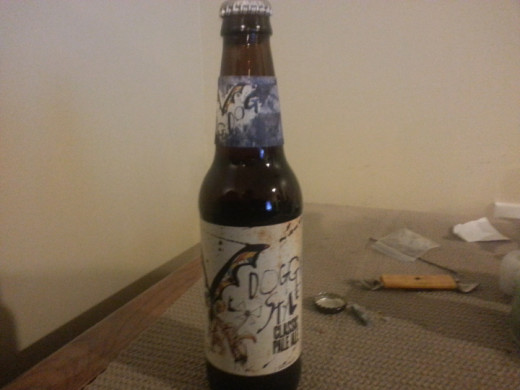
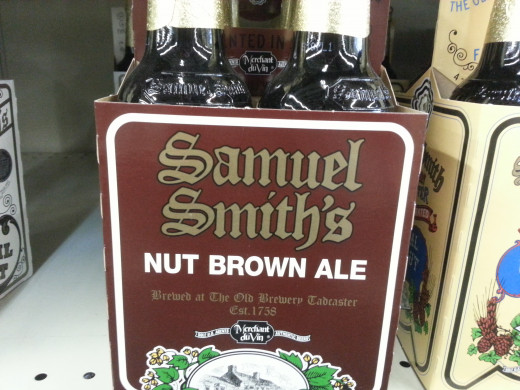
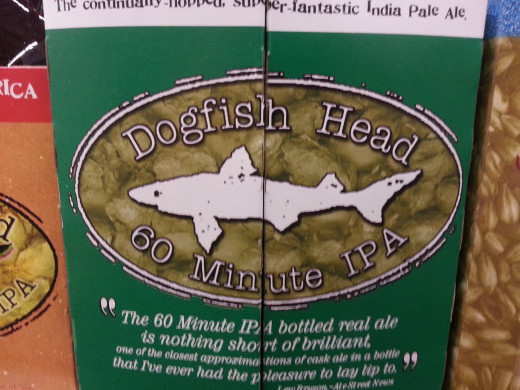
Ales, on the other hand, includes malt, a type of grain such as barley as its starch source, and hops, a type of plant that gives the ale a slightly bitter taste, the kind you might find in coffee. The hops act as the primary source of flavoring in all types of ales. Ales, like other types of beers, have a multitude of derivate beers, including the pale ale, the brown ale, and the ever-popular India pale ale. Pale ales are lighter in both color and flavor, hence the moniker, due to using a malt of a lighter color. Brown ales, on the other hand, have a darker hue, using more malts and hops; in fact, the color and tastes are comparable to caramel. Yes, the flavor of the sweet and sugary treat you find in candy bars is found in these kinds of ales, accompanied by its color. But what of the India pale ale? We’ve been hearing about these for a few years now but with little understanding of what it is. In between pale and brown ales in terms of color, the taste is bitterer from the liberal use of hops in each batch, resulting in a more potent beer (check the ABV or alcohol by volume to see exactly what you’re getting into).
Since we have a big explanation for each kind of ale, I’ll shoot you a quick pick of three ales to get you started. A big pale ale from right here in the states is Flying Dog Doggie Style pale ale (mind the name, it’s part of their brand); straight out of Maryland, it’s light color, flavor and relatively low alcohol content makes a nice start to a junior craft beer connoisseur. If you want something a little heartier, a good choice for brown ale would be England’s Sam Smith Nut Brown, with a dark color, a nutty aroma and taste, and a rich finish. For an IPA, you can never go wrong with the tried and true Dogfish Head 60 Minute; with the hops boiled for a full hour, it packs a wallop of flavor from the first sip to the last drop.
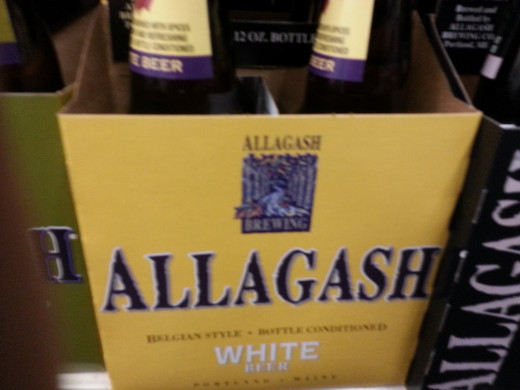
Next we have a weissbier, a type of beer that uses wheat instead of barley and is called “weiss” or white from German to English due to very light color. If you thought pale ales were pale, this is like comparing a sweet potato to a russet potato; they are that light in appearance. The taste, like the color, is just as light, sometimes with a citrus taste though very little aroma. This is the kind of craft beer perfect for beginners, especially those wary of the stronger lagers and ales. The first one of this particular group people should try should definitely be Allagash White; this beer is the epitome of weissbiers and is noted for having a lemony aftertaste, lightly tart and a hint of sweetness working together like a grown-up’s version of lemonade.
Some crave something heartier still and those who do go straight for the stouts and porters. If you’re thinking of someone on the larger side (stout and portly), you’re on the right track to understanding the finer points of these thicker and richer brews. Stouts and porters both use toasted grains for the malts for a bolder flavor, but they’re differences come in when comparing their potency. While equally sweet, stouts tend to be stronger than the porters. You can tell by trying each one side by side. The one tried and true stout that best used on St. Patrick’s Day is, you guessed it, Guinness. It’s very well known, seldom drunk, but its thick, milkshake-like consistency and very faint notes of chocolate make it feel like you’re drinking a hearty and alcoholic dessert. For a porter, you can’t go wrong with Flying Dog’s Gonzo Imperial Porter with all the boldness of stout without that extra strength of it (and the graphics on the bottle would even make author Hunter S. Thompson grin approvingly).
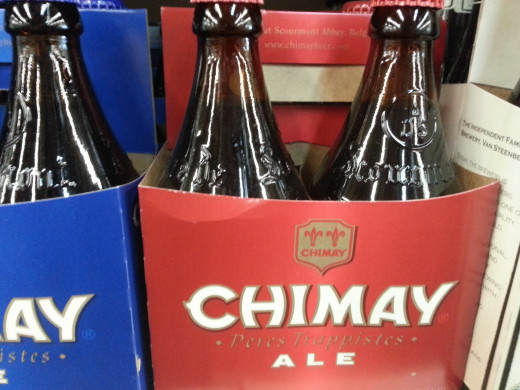
Belgian beers are… well it’s pretty obvious, are straight out of Belgium. Before we get into the finer qualities of these imported beauties, I must tell the one real bad thing about them; they are expensive, really expensive. A single bottle of Chimay Premiere alone costs at Cloverleaf Tavern ten dollars; please lift your jaws from the ground, imports imply pricey. That being said, is the money worth the beer? The answer is yes; Belgium-style beers come in a vast variety from the Trappist beer, the most common you’ll find in the states, to Saisons (Season), Dubbels (Double), and Tripels (Triple). Because of the high diversity of the Belgian beers, it would be impossible to go through them all in this crash course. But since this is only the 101 course for all you undergrads and grads, I won’t bore or frighten you with the dense amount of information out there because I have already done so thus far. As I said previously, I would recommend the Chimay Premiere beer as your first choice in Belgium beers for its lighter color but powerful scent and taste; remember the Premiere is in the red-labeled bottle, the yellow is a Tripel, and the blue is the Grand Reserve (the prices vary minimally, but the tastes do not).
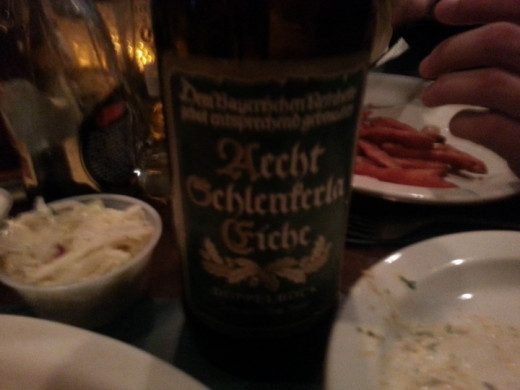
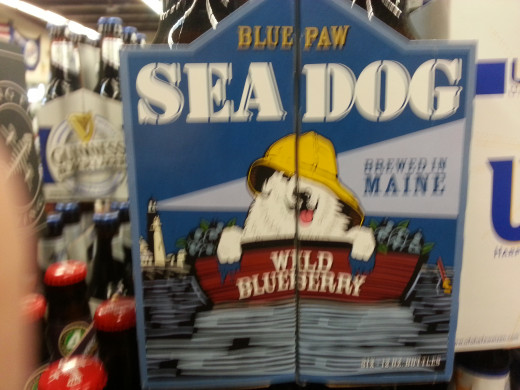
Lastly, there are the specialty and seasonal brews. Specialty beers are an even more defined kind of beer, some that belong in this vast category. One of the best examples would be Aecht Schlenkerla Rauchbier. That’s a mouthful pronouncing it, but wait until it’s actually in your mouth. A rauchbier is a smoked beer, kind of like the bacon you have with breakfast, lunch, dinner, or a snack. In fact, if you to smell the aroma and then taste, you’ll find it all shares the same fragrance and flavor of bacon! That’s already mouthwatering and it’s probably not within reach. Now the seasonal beers come and go, as do the seasons, though you may find them at your local craft beer store; still that shouldn’t mean you should drink them anytime you please. After all, would you have a stout in the middle of the summer? Of course not, you’d want something lighter like a weiss. But what if you don’t like a weiss? Certain lagers and ales have certain flavors that go well with the seasons. With summer coming up, a great choice would be Sea Dog Blue Paw Wheat Ale. It’s light like a weiss but the flavor is, get this, blueberry. You can taste and smell blueberry in this light-colored beer; even the finish taste is like blueberry pie. Imagine that on a warm summer day.
If you think these are all there are to offer, we haven’t even scratched the surface of this vast world of liquid culinary delights. Did I say culinary delights? You read right, because this isn’t your dad’s Budweiser or your granddad’s Valentine. This isn’t a beer that is mass-produced and found anywhere. This isn’t a beer just to drink to get drunk or play beer pong. These are beers that are meant savored and enjoyed by either the company of one or many. There are hundreds of beer types out there from all across the globe, even in your own backyard. So for the week of May 13th, go to your local liquor store and try a craft beer, if you’re of age of course. For more information, check out the links below for a more depth look on these beers and all their cousins too; believe you me, the craft beer family is big.
Sources for more info on craft beer.
- CraftBeer.com | Celebrating the Best of American Beer
CraftBeer.com was created to communicate the passion, authenticity, excitement, creativity, camaraderie, and joy of the craft beer community. - Welcome to the Cloverleaf Tavern - Restaurant & Bar
Home of the Master's of Beer Appreciation program!

